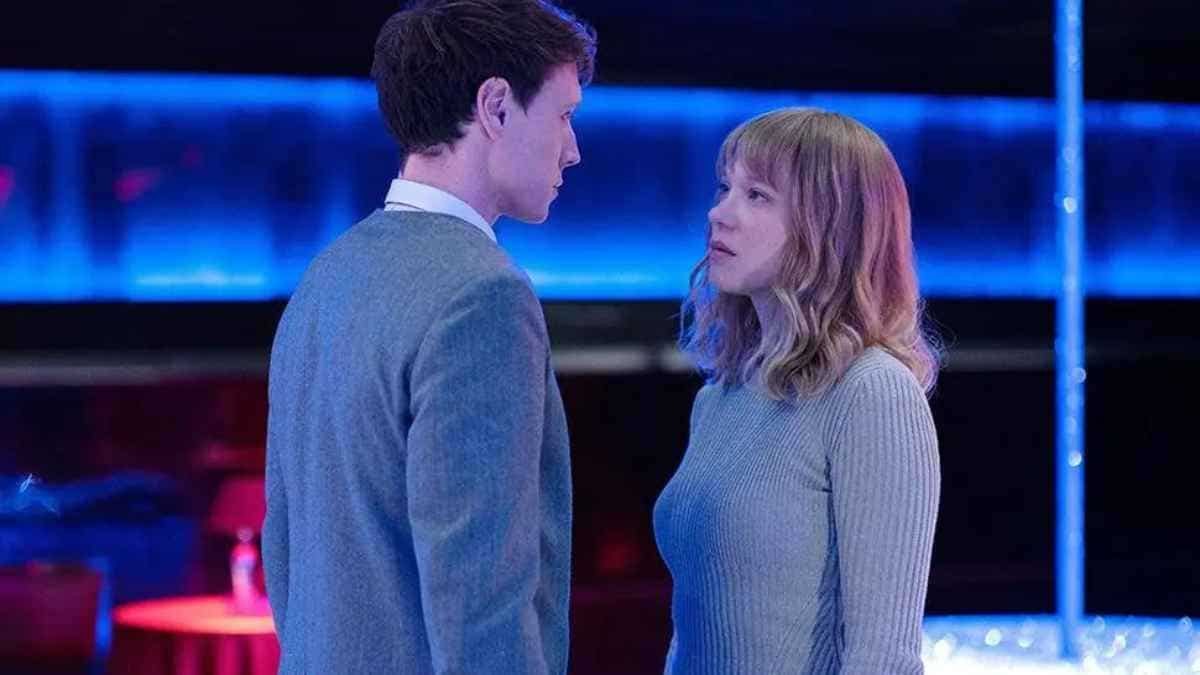
The Beast Review: Bertrand Bonello’s bold, shapeshifting masterwork is one of the year’s best and smartest films
3 months ago | 38 Views
To watch Bertrand Bonello’s The Beast is to awe at an artist in full flight. He takes the Henry James novella, The Beast in the Jungle, and brings all sorts of vivid, fearless transpositions into play. This film might have just set new standards for crafting adaptations that are capable of unlocking a text’s essential spirit but are untethered enough to soar into the most incredulous yet thematically grounded heights of fantasy.
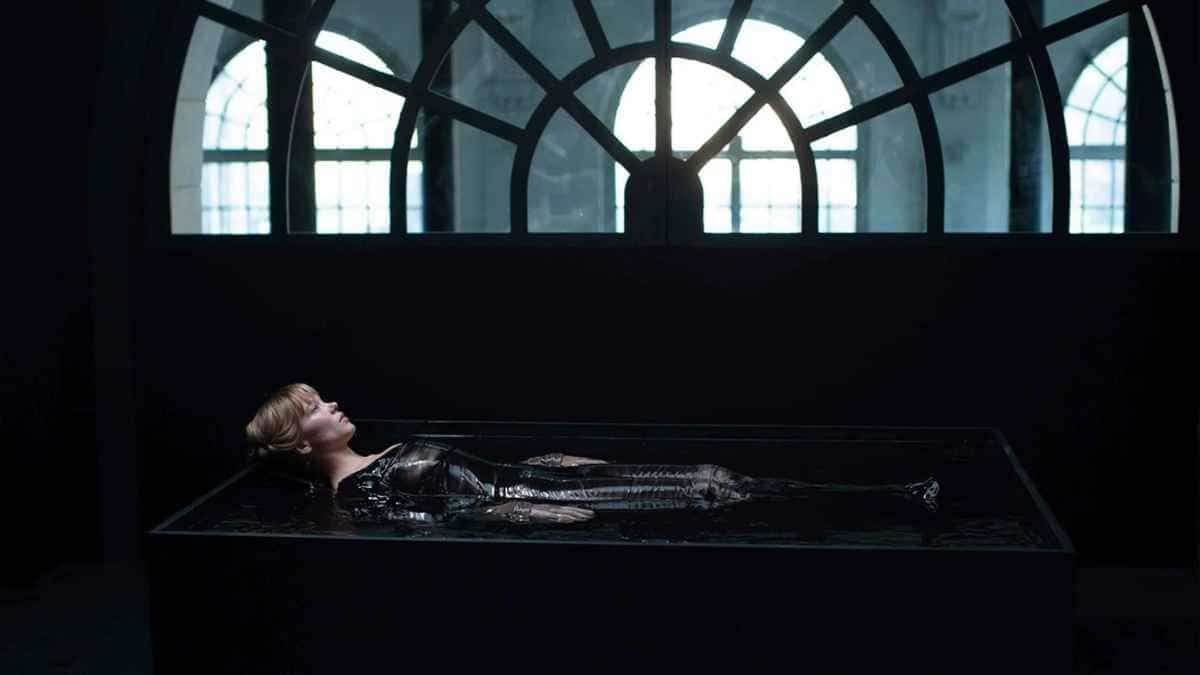
We meet the characters in three avatars across three time-frames. Albeit the film opens with a snatch from 2014, where Léa Seydoux is a model-cum-aspiring actor shooting against a green screen, it is sketched out only much later. The proper start to the film backtracks all the way to 1914, with Seydoux essaying a high-society Parisian musician, Gabrielle, when she first crosses paths with George MacKay’s Louis at a salon. Albeit she cannot quite recall the specifics, he tells her they had met earlier which was also when she confided in him her deepest fear. She has a latent but pressing fear of doom, a dread of annihilation and “obliteration”. It is this immense trepidation of some sort of “hidden beast” striking at her that makes her baulk at stepping into new relationships or surrendering to the great, unpredictable, exciting tide of what life has to offer.
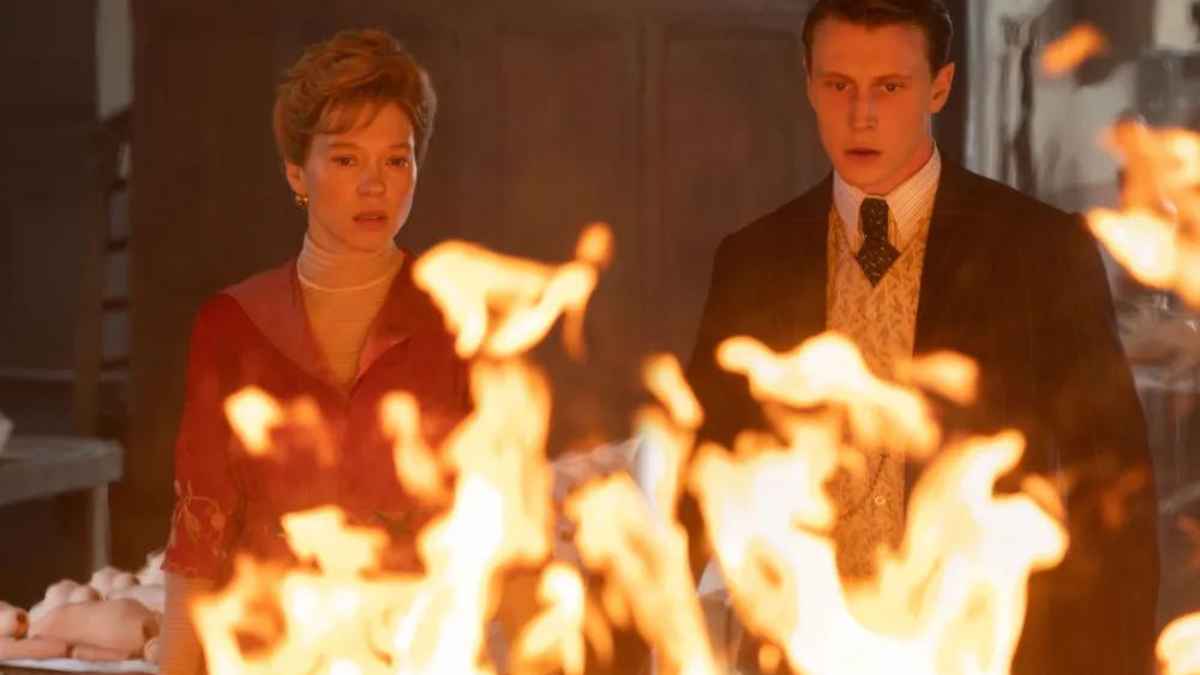
There’s immediate, obvious sexual allure between the two but she, married to someone who she actually loves and loves her as well and gives her freedom, is wary of caving in to her impulses. Caught up in the subterranean anxiety and panic her clutch of a premonition gives her, Gabrielle is tentative in pursuing this illicit relationship. When she does seem to pluck some courage and head into it, catastrophe soon erupts. In a film that juggles past, present and future with astonishing fluency, Bonello remembers to retain real historical events, emotionally weaving it into the narrative.
The 2014 section, when Seydoux’s Gabrielle is an actress in LA waiting for her big break and just getting by through stints in commercials and MacKay’s Louis is a repugnant, misogynist incel vlogger, amply indicates the swell of technology and heralds its ensuing, complete takeover of human existence. Housesitting, she doesn’t have a sustained connection, frequenting night clubs that eclectically play music from 1972 as a drifter. Here, the fear that was more associated with Gabrielle shifts to tailing Louis instead. MacKay’s credibility as a performer couldn’t be more pronounced than him acing both the suave, endlessly courteous Louis of 1914 and his 2014 counterpart, as he proudly proclaims himself as the “ultimate gentleman” while doling out vicious slurs. Bonello leaps across time with the kind of agility and organic ease storytellers die for. In the 2044 section, AI has taken full control. She is informed it is AI that rescued humanity when disaster struck. Humans are at a point in time when they are labelled as “useless people”. To secure a job, Gabrielle has to undergo a purification ritual, whereby she would have to expunge inherited traumas from her past lives. The biggest consequence to this process would be that she stands to lose her “affects”.
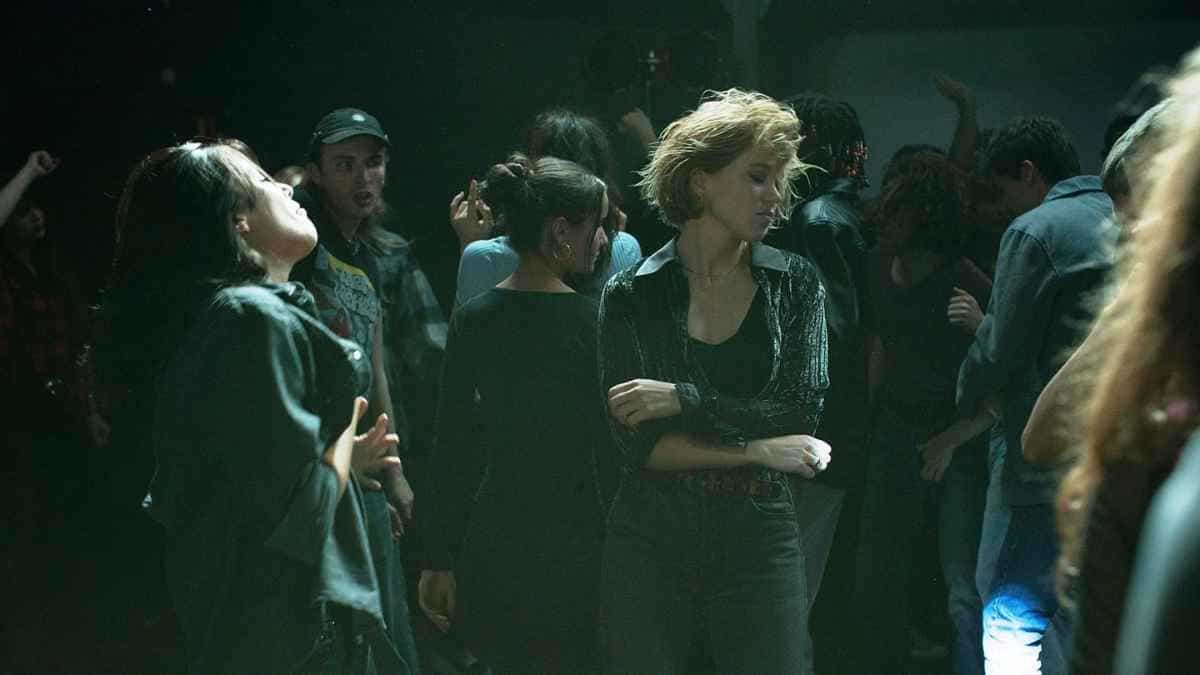
Gabrielle chafes at this. She is not sure if she would want that. The glassy-faced Léa Seydoux is as arresting as ever. There’s a hypnotic fragility that sticks to her performance across the eras. Seydoux is vulnerable, shimmeringly open and full of tremulous teetering that doesn’t come off as ineffectual character but hinges more to a precursor stage of being fully ready to jump into the unknowable.
Together with George MacKay, the two make for a sensuously incendiary pair, evoking the epic scale of a romance doomed to tragedy and devastation. The moments between them crackle with high erotic tension as well as signal to a vast array of emotions each of their characters is individually wary of plunging into, at differing points in the narrative. Naturally, since the story sprawls across a huge temporal trajectory, it demands a constantly shifting awareness from the actors at what juncture their characters are in, both in terms of an ever-renewing relationship as well as personal discovery. Ingeniously held together by Anita Roth’s supple editing that manages to marshal into a coherent, tight place an expanse of time and recalibrating subjectivity, Seydoux and MacKay straddle mutating identities with a perfect mix of precision and uncertainty.
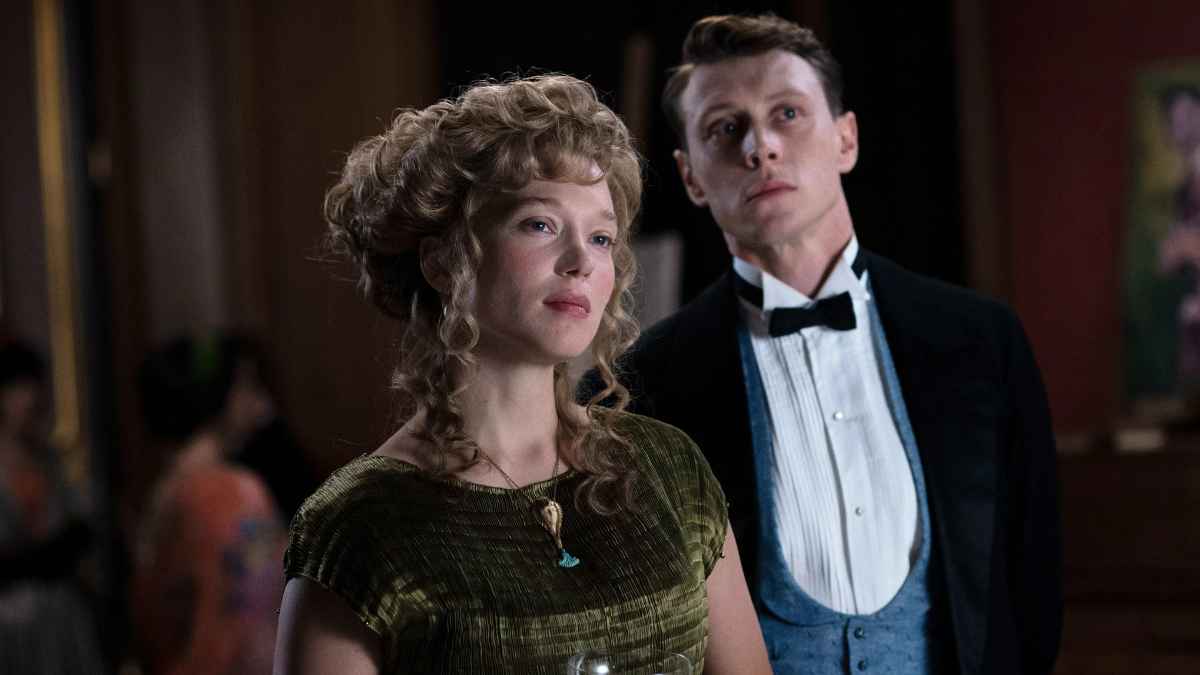
Certain motifs, like a companion figure/doll/symbol or a pigeon acting as an ominous harbinger, recur and reverberate across the periods. The magnificent, dizzying achievement of Bonello’s film is how it cleaves together seemingly disparate threads into a bustling, frantic, thematically and emotionally rich continuum. Nowhere does it seem the director is grasping to pepper in clues and markers that will serve to draw out a sense of the holistic, over-arching near-chronicle of a star-crossed love story. This is a film that takes what a larger consistency of a carefully arranged pack of cards implies into a league of its own, while it keeps zigzagging between anticipation and discovery, hope and horror. The Beast is the most mischievously brainy jigsaw puzzle that satisfyingly clicks into place by the spectacular, jaw-dropping coda. The visions of Bertrand Bonello are strange, eerie, disconcerting and utterly unforgettable.
# The Beast # OTT

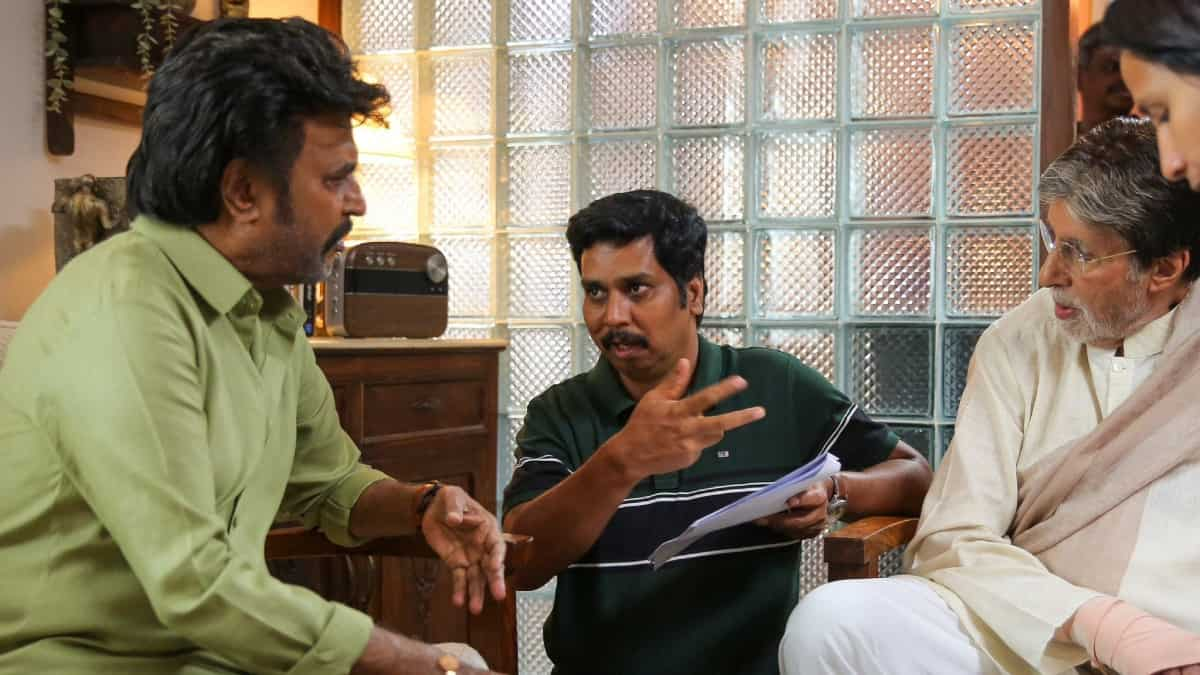
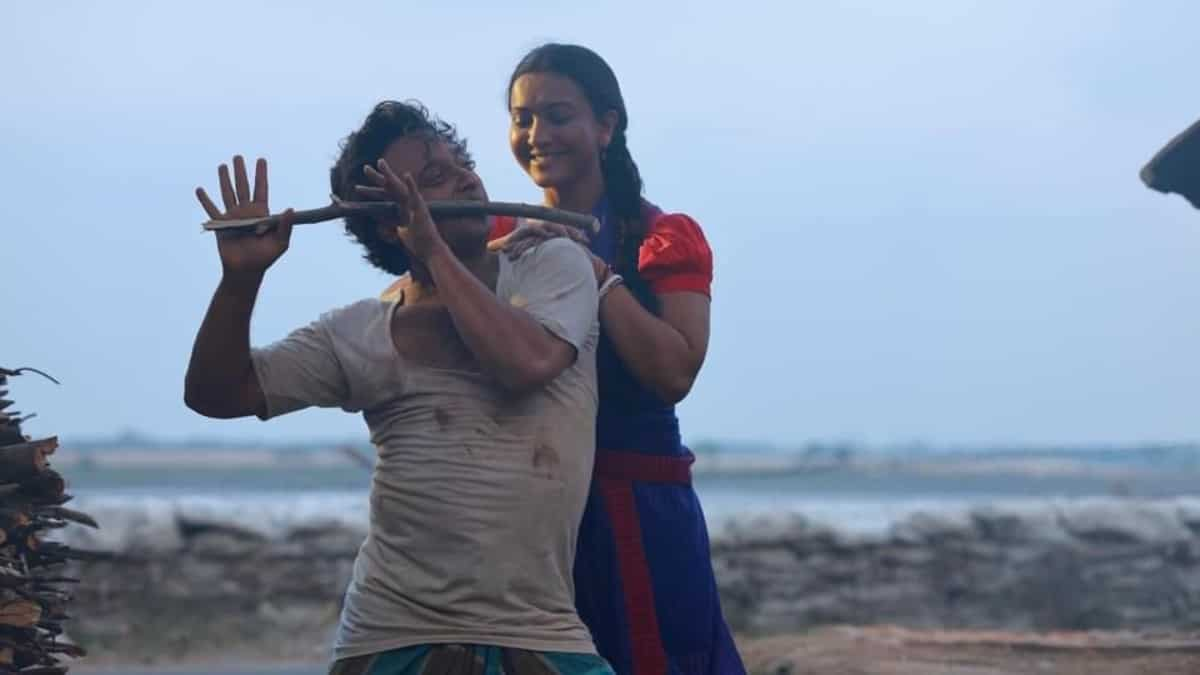
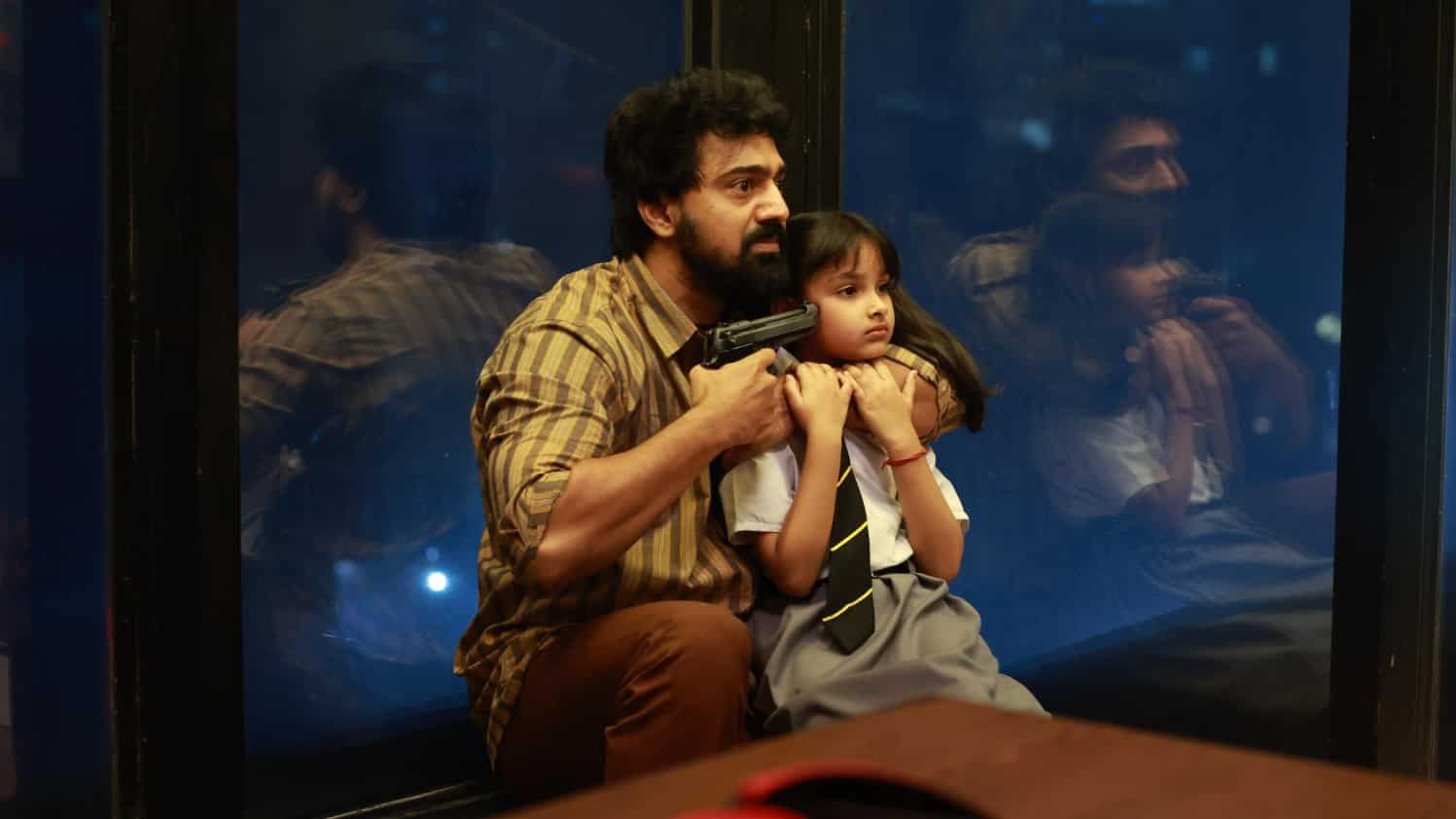
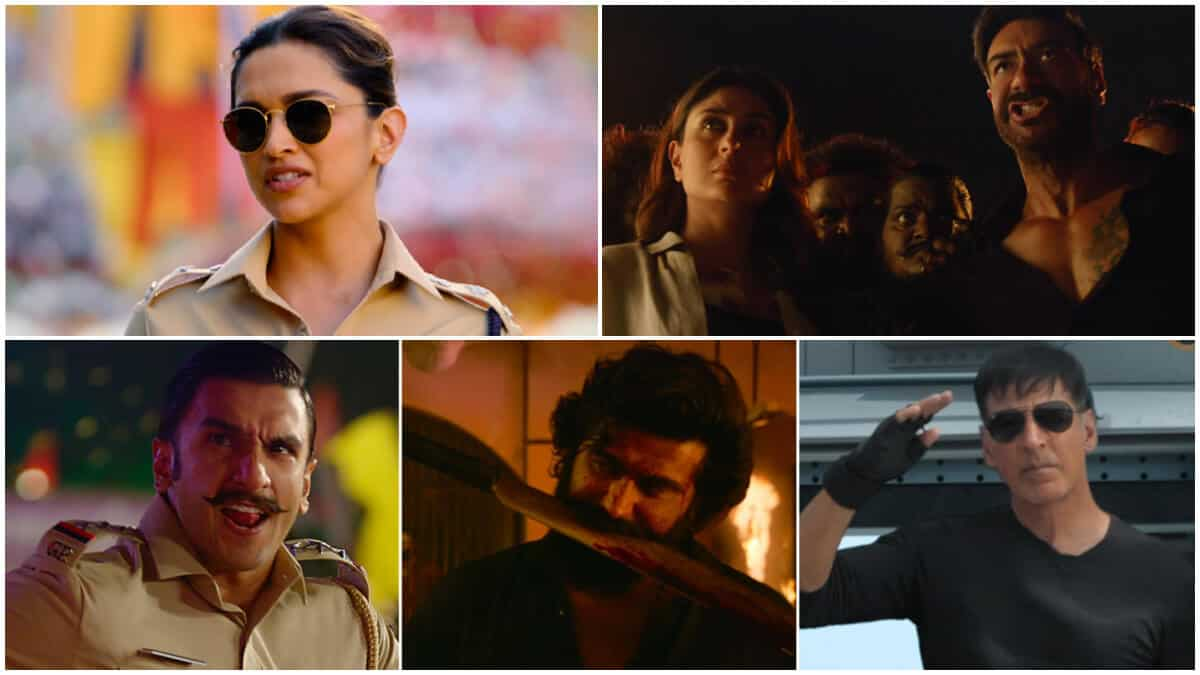

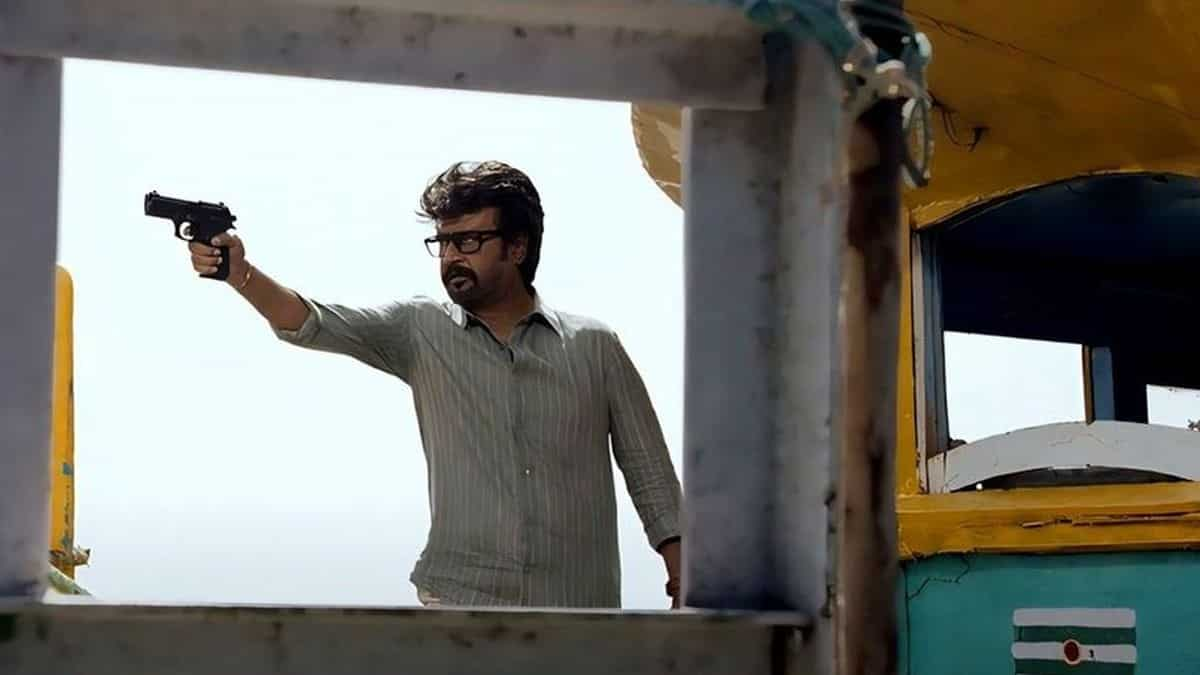


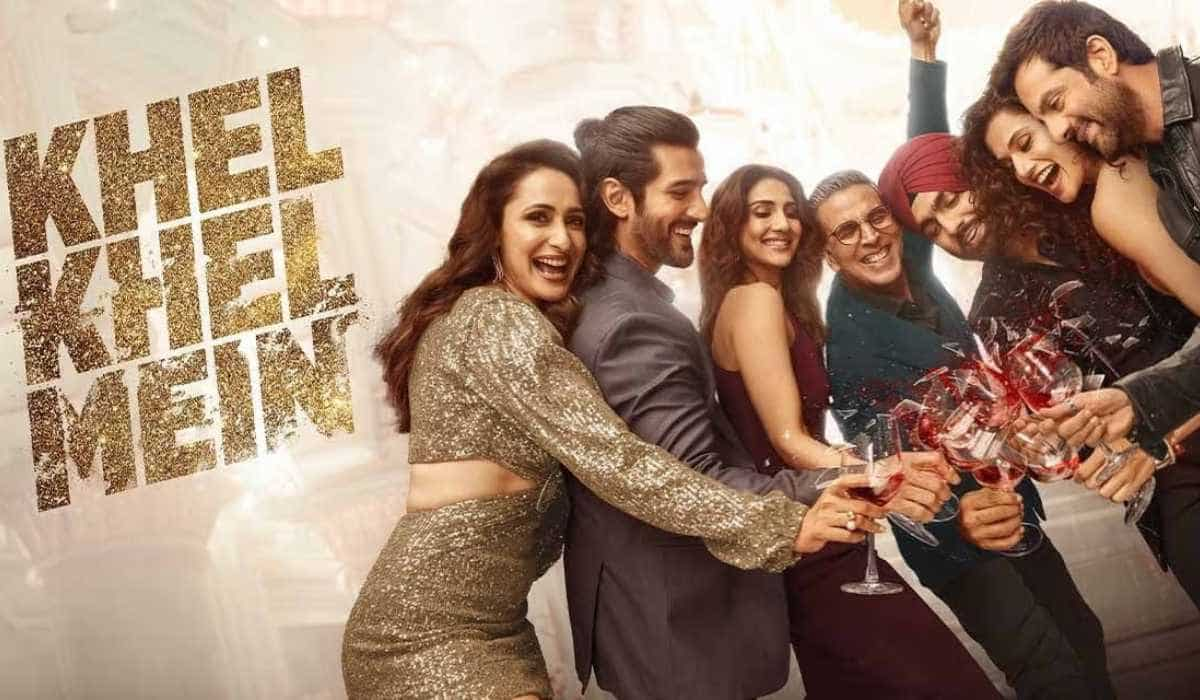


.webp)






